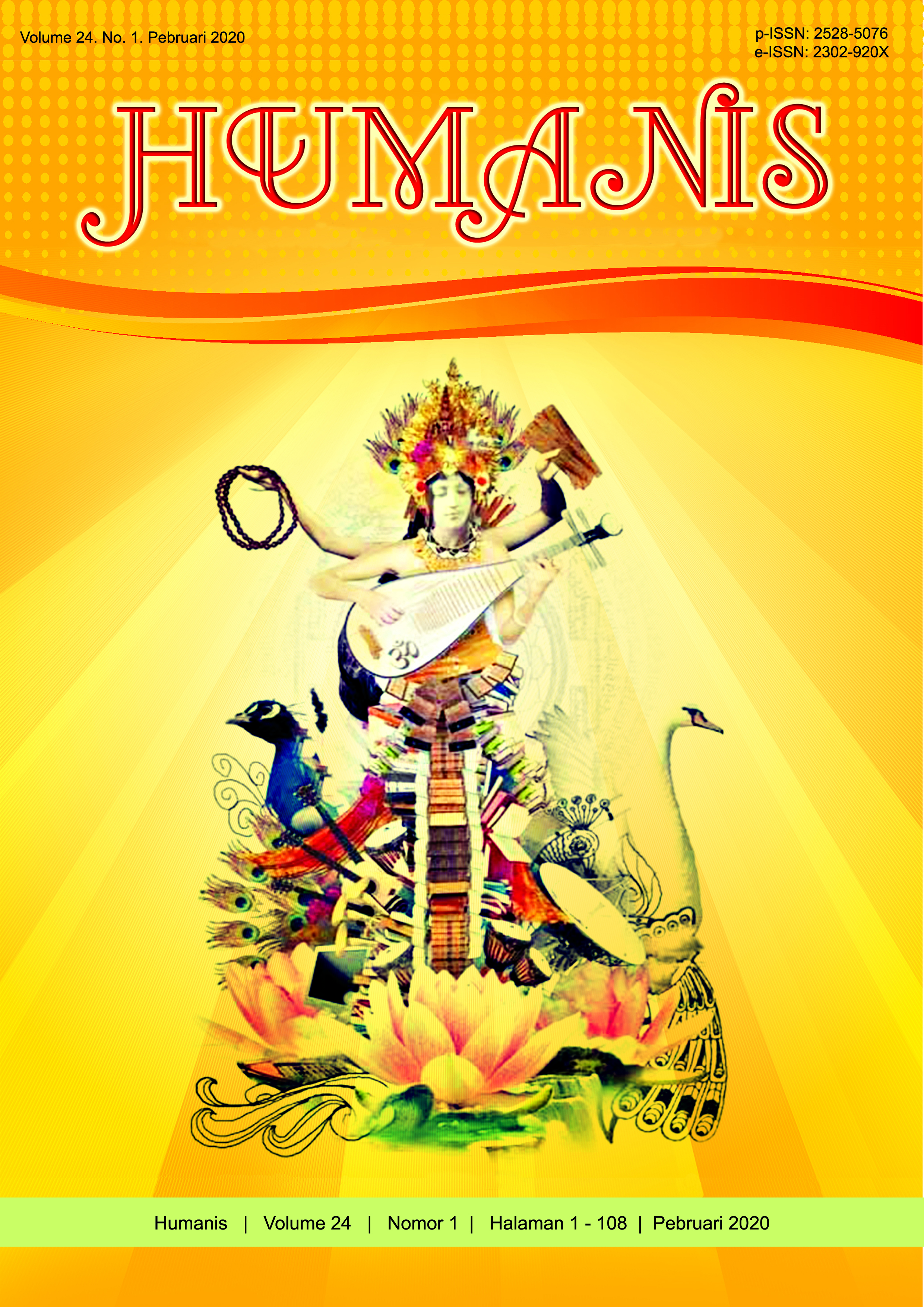Mama Tomo dalam Novel Happiness Karya Natsuo Kirino
Abstract
The title of this research is “Mama Tomo in Happiness, a Novel by Natsuo Kirino”. This research aims to analyze the characteristics, group formation, and stratification system of mama tomo group. The methods used are descriptive analysis method and informal method. The theories used in analyzed are sociology literature theory by Wellek and Warren (2016), group characteristics theory by Baron and Kerr (2003), social exchange theory by Blau (in Ritzer and Goodman, 2004), and social stratification theory by Horton and Hunt (1984). Based on the analysis result of the group characteristics, there were three norms found to be applied in the group such as, 1) emphasizing the “wa” or the harmony of group; 2) trying to be an ideal figure of ryousaikenbo; and 3) using the honne and tatemae properly. From the group size, mama tomo group is a small group which has a structure. The structure consists of 1) Ibuki’s mom is the leader; 2) Megu’s mom is Ibuki’s mom’s assistant; 3) Mako’s mom, Arisa, and Miu’s mom are ordinary member. Mama tomo group formation is divided into two factors, that are 1) something in common with another member in group; and 2) obtained benefits of group. The stratification in mama tomo group is determined by three factors, 1) residence; 2) husband’s work; and 3) child’s school. Two social classes, upper class and middle class also found in mama tomo group. The impacts of the stratification system in mama tomo group are 1) happiness; 2) ethnocentrism of social class; and 3) lifestyle.


















